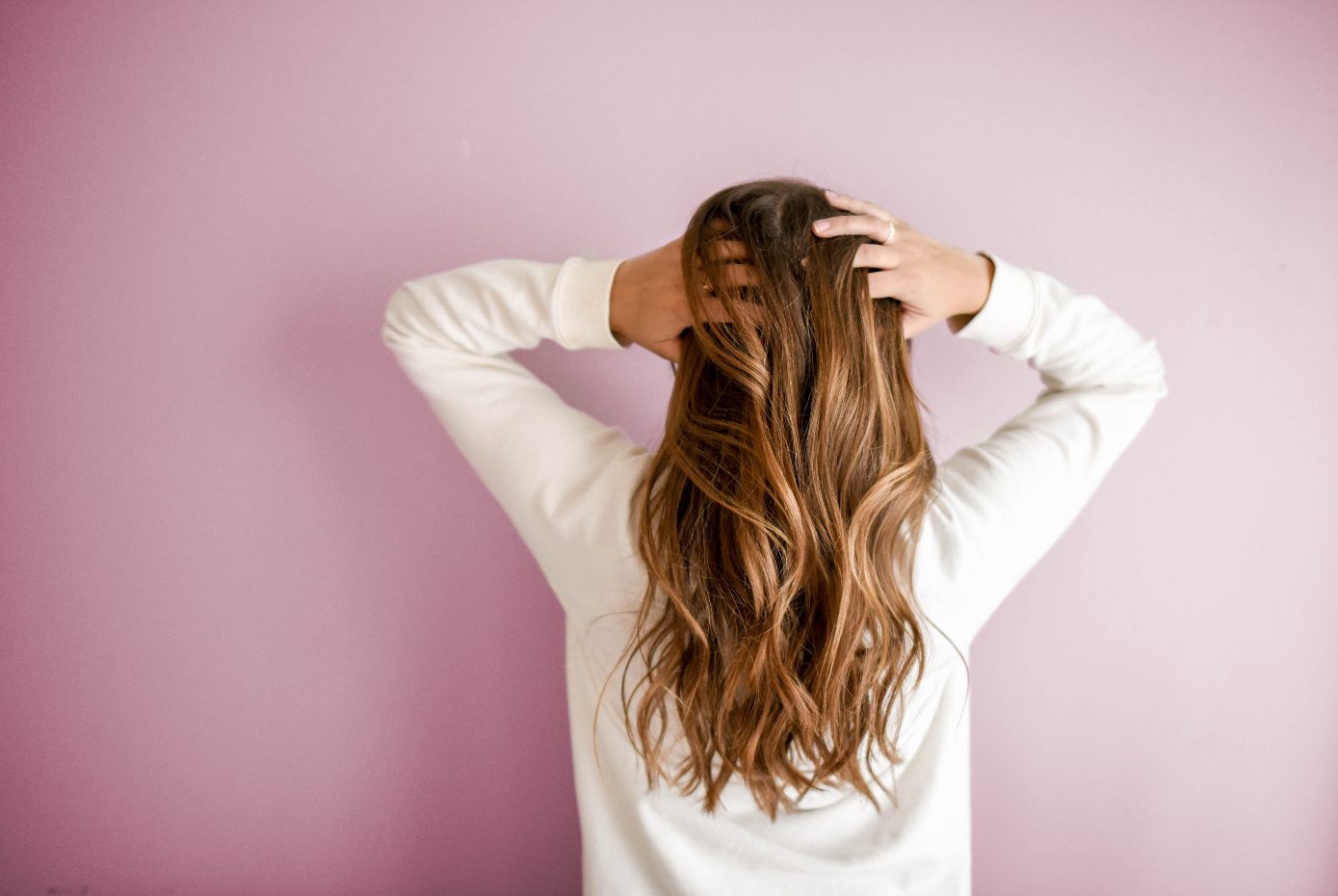
Noticing more hair coming out in the shower, on your pillow, or feeling like you’re constantly de-fuzzing your hair brush? Both men and women can be affected by hair shedding or true hair loss, and is much more common than you may think! There are a multitude of reasons why your hair may be thinning, and although it may seem like an aesthetic concern, it is one that should be taken seriously. Similar to skin health, the lustre, length, density and texture of our hair is often a reflection of what is happening internally, and gives us visible clues as to how optimally our body is working!
What’s “normal”?
Even if you’re noticing an increased amount of hair fall – especially during the autumn season – don’t panic! Studies have shown an increased hair fall specifically around the months of October and November, commonly referred to as “seasonal shedding”. This reason for increased hair fall is entirely temporary, and thought to be due to changes in temperature and exposure to increased UV levels during the summer months.
A normal amount of hair fall averages between 50-100 strands per day, and is actually a direct result of the natural growth phases that hair goes through. A typical strand of hair has a life cycle between 24-72 months (2-6 years) and has three distinct phases:
Anagen (AKA growing phase): lasts anywhere from 3-5 years, accounting for 90% of the overall cycle, reflecting in how long your hair is.
Catagen (AKA transitional phase): lasts about 10-14 days and is the phase where the hair follicle undergoes structural changes – deeper regions of the follicle start to separate from the scalp, no longer being constantly nourished by the body.
Telogen (AKA resting phase): lasts approximately 3 months, and at any given time, 10-15% of your hair strands can be “resting” or in stasis (no longer growing). After about 100 days, this phase results in shedding of the hair shaft.
Most common causes of hair loss:
1. Androgenic alopecia (AKA male hormone related hair loss): the most common cause of hair thinning in both men and women, affecting around 50% of both sexes by the age of 50.
- Men: classic “M” pattern of loss with thinning first seen at temples, spreading to the top of head. This type of loss is associated with increasing levels of dihydrotestosterone (a byproduct of the male hormone – testosterone – that typically rises as men age).
- Women: widening of middle hair part and hair thinning over the central area of the scalp. This type of hair loss is often noticed around menopause, as women’s levels of estrogen and progesterone decline, but can also be caused by an overproduction of male hormones (AKA androgens).
2. Thyroid dysfunction: both hyper and hypo-thyroid disorders can result in increased hair fall. Our thyroid gland is responsible for release of T3 and T4, hormones that regulate metabolism and truly have effects everywhere in the body!
3. Iron deficiency: very commonly seen in menstruating women, especially in those who are vegetarian, vegan or have a history of heavy periods. Cold hands and feet, shortness of breath and fatigue are frequent co-symptoms, and if you’re feeling that can’t-get-out-of-bed type of exhaustion, this can be a signal iron stores are low.
4. Protein & nutrient deficiencies: both poor intake or poor absorption of protein and nutrient dense foods may be affecting your hair.If your everyday diet is lacking, it may be worth talking to your naturopathic doctor about where you can make some positive change.
Naturopathic Doctor
